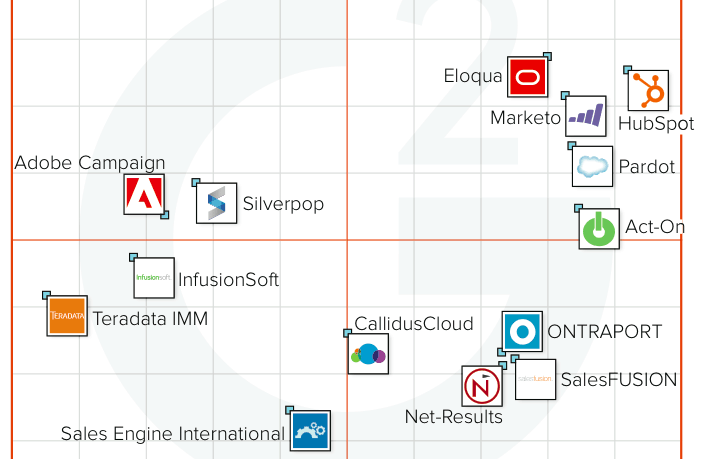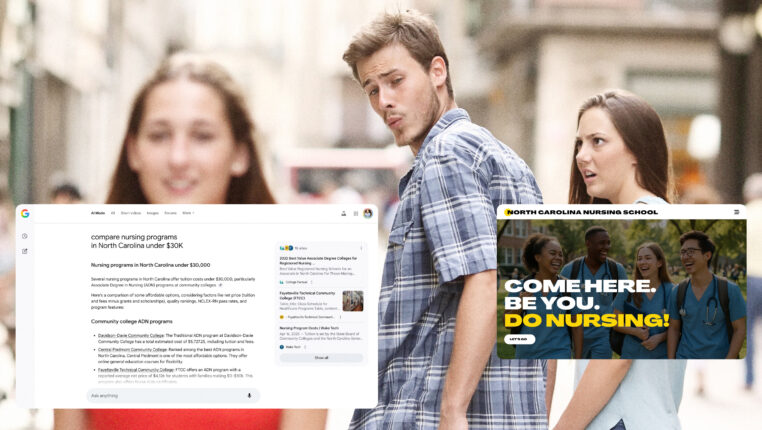The highlights from CASE district conferences are frequently found at the smaller break-out sessions. These sessions are where attendees dig into the challenges that alumni relations and donor engagement professionals are facing on a daily basis. eCity attended CASE Disctrict 2 on both Sunday and Tuesday, but there was one session that focused on the do’s and don’ts of higher ed website development that caught my eye:
Break Out Session – Top 10 Don’ts of Creating a Higher Ed Website.
Justin Flax – Associate Director of Marketing, Wharton
Matthew Brodsky – Editor Wharton Magazine
It was an entertaining and informative presentation with anecdotal stories from two digital professionals that have built a number of websites. Below is a synopsis of Justin’s and Matthew’s recommendations and the ensuing conversation that had many nodding in agreement.
1.Don’t build a website in 30 days
The first point went through the whole presentation. Flax and Brodsky highlighted a great example when they had been challenged to do this, and although there were negatives there were also many positives. Brodsky discussed how it had enabled “decisions to be made faster, stakeholders were focused, but often those faster decisions impacted their quality.”
2. Do have a deadline, make it realistic and employ solid project management.
3. Don’t take any wooden nickels
4. Don’t forget your friends in high places
These two tips both relate to working with the people that build the site. Flax and Brodsky gave anecdotes of developers going MIA at the end of the project or even starting a project before getting buy-in from your own technical team had wry smiles of agreement throughout the room. I guess we have all been involved in the dreaded project where the new developer can’t understand the code from the previous as your freelancers disappear on you.
5. Pick your vendors wisely, and for high risk or prominent projects, use an agency rather than a freelancer.
6. Don’t party hardy… ever
7. Don’t count your hashtags before they hatch.
“It’s all about content,” states Brodsky, and I can’t agree more. “It’s not a case of build a website and they will come, and why should they come back?” Flax’s point of “The homepage is dead,” and that “users come to your website from a number of directions whether it’s social media, Google, newsletters or emails” resonates with the group. He goes on to add, “to presume that your users are going to land on your homepage and you are going to be able to segment their journey from there is just not going to happen.”
8. Do focus on content and your social media – it’s not separate from your website.
9.Do pick your technology wisely and make sure that it is well supported!
This tip is all about not using the latest technology. “I don’t see a massive change in platforms being used by higher education when it comes to CMSs, which are currently Drupal and WordPress,” states Flax. “What I do see however is the growing use of marketing automation in the background with platforms such as HubSpot, Marketo or Pardot. It might be newer to the higher education sector but commercial marketers have become pretty sophisticated at using these platforms.”
No web development project is the same, but it was great to get some real insights from those that have the development scars to share. One of the key points for me was the focus on content. The old adage of “Build it and they will come” just isn’t holding true. Flax and Brodsky briefly spoke about content personalization, which motivated me to catch up with Justin after the session, and I will feature in my next blog as we discussed his predictions for digital trends in 2016.
The CASE District 2 conference was sold out over the three days, and from our vantage was a great success. We look forward to seeing everyone next year in Baltimore!






